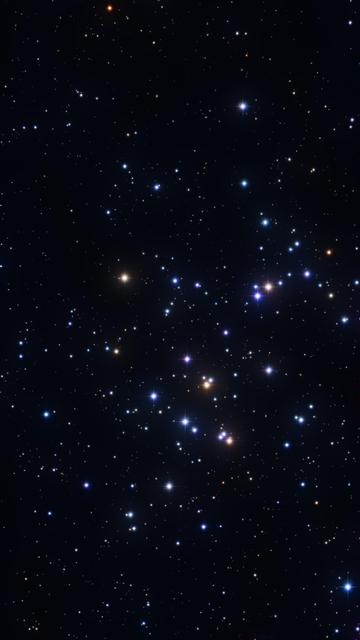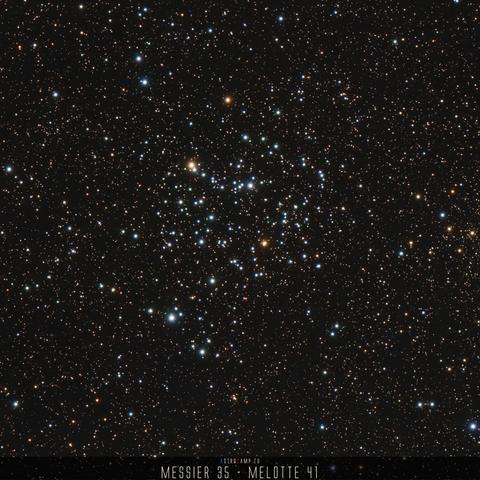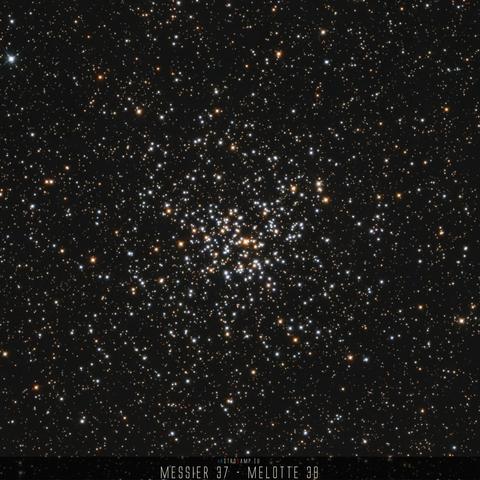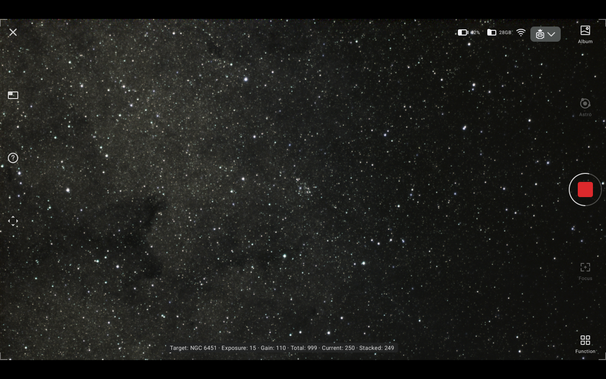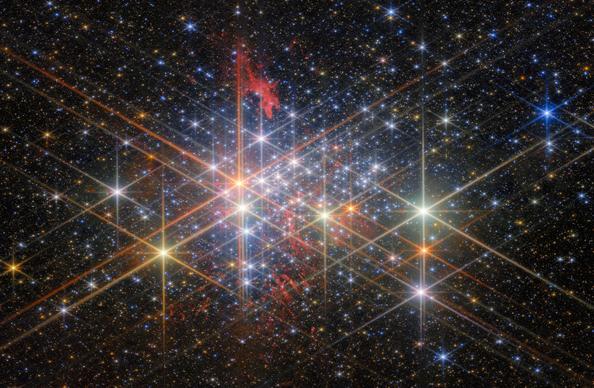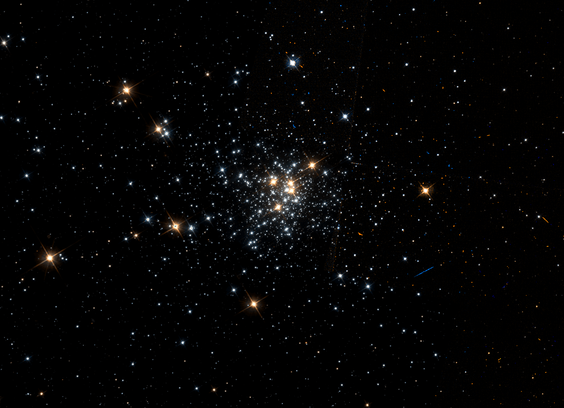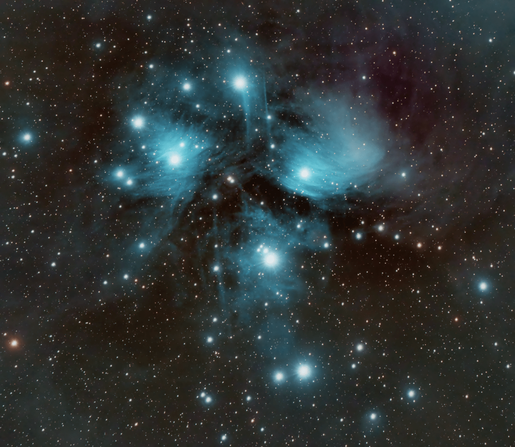So I'm attending a tech conference in Munich this week - virtually. This means I am keeping CEST, and that lunchtime is 6pm local.
So at lunchtime, I set up my #dwarf3 on the back roof, and let it run for the 'afternoon'.
My target was Messier 6 aka NGC6405 aka "The Butterfly Cluster". There is some very nice nebulosity right next to it. so I framed things a little off, and also got the smaller open clusters NGC6383 (aka NGC6374) and the tiny NGC6404.
I ended up with 240 frames out of 300, at 60s per frame - or 4 hours of usable data.
I then ran it through the Dwarflab postprocessing tools, and finished off with some work in Google photos and Snapseed.
#nebula #OpenCluster #M6 #NGC6383 #NGC6406 #Astrodon #Astronomy #astrophotography #Scorpius

